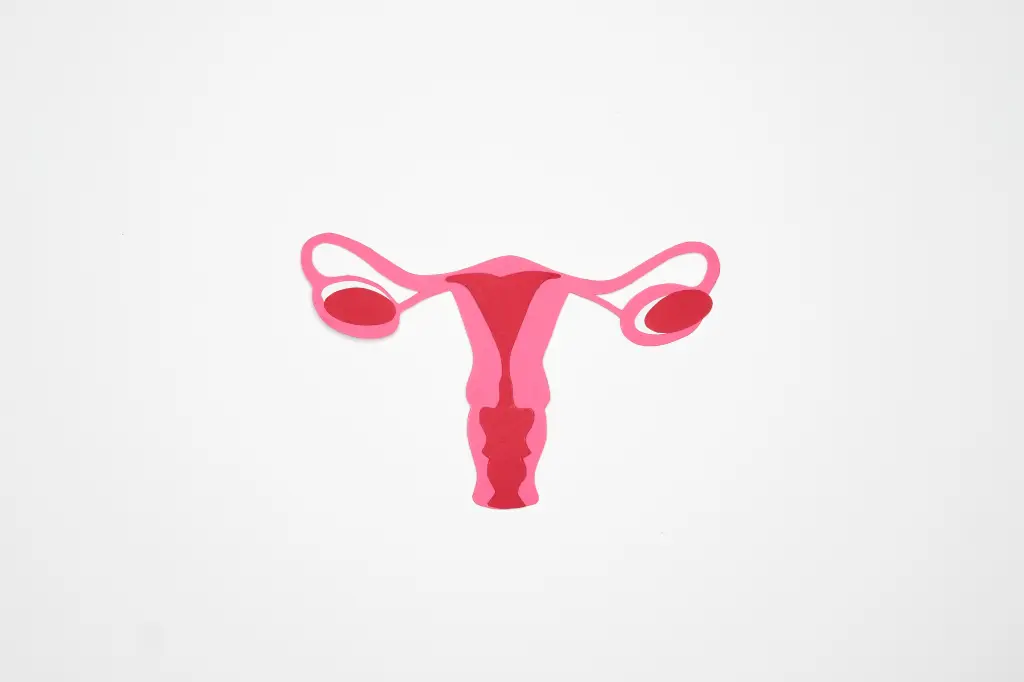
September is PCOS Awareness Month and with 5 % of reproductive age women affected, I plan to bring you several posts this month on this often confusing diagnosis.
Polycystic Ovarian Syndrome is a misnomer. It is not an ‘ovarian syndrome’ at all. The root cause of PCOS is a combined genetic and metabolic issue. The majority of women with PCOS are insulin resistant. When sugars hit their blood stream, their body requires extra insulin to process the sugar. The higher levels of insulin have several effects in different areas of their body, including disrupting the hormonal balance of the ovaries and the communication between the ovaries and the brain that trigger ovulation. This hormonal mix up causes the ovaries to release too much male hormone, leading to lovely features like acne, abnormal hair growth and even male pattern baldness in extreme cases. The extra male hormone gets converted to excess estrogen in the fat cells, which further prevents the normal hormonal fluctuations.
It is much harder for women with PCOS to lose weight and keep it off, due to their body’s resistance to insulin. As they get heavier, the fat cells themselves secrete additional hormones that worsen the insulin resistance. Essentially, the more weight a woman with PCOS gains, the harder it is to loose the weight. This helps explain why 80% of women with PCOS are obese.
PCOS tends to run in the family. In studies of identical twins, if one twin has it, there is a 70% chance the other twin will have it as well. This leads us to think that the abnormal insulin metabolism is caused by an inherited genetic defect.
Despite the hormonal imbalances going on in the body with PCOS, the ovary tries its best to ovulate. Much like the “Little Engine That Could” the ovary desperately attempts to make its eggs grow each month, but rarely will it mange to get an egg mature enough to fully ovulate. This leads to a swollen ovary with multiple tiny cysts of immature eggs (follicles). The PCOS ovary stays enlarged and swollen, but the ‘cysts’ associated with PCOS are multiple tiny cysts; not the large painful kind that women often need to be surgically removed.
PCOS is syndrome based on a series of symptoms. There is not a single test you get that gives you a definitive “positive or negative” therefore the diagnosis can be subjective. There are varied criteria used for PCOS by different medical organizations and in the past the European definition differed from the US version.
The most common definition of PCOS in the US is a patient who meets 2 of the following 3 criteria:
1. Anovulation (Women who have irregular periods and do not ovulate regularly)
2. Evidence of elevated male hormone (either lab work or symptoms)
3. Enlarged ovaries on ultrasound with multiple tiny cyst.
The classic patient with PCOS is overweight, with most of their obesity in their abdomen. Weight loss is extremely challenging due to their body’s insulin resistance. Their cycles are sporadic, every 2 to 3 months. They struggle with fertility due to their ovary’s inability to ovulate despite its best efforts. They get the added bonus of often needing to wax their chin way more than their friends. PCOS is a challenging condition but the good news is, it’s manageable. In my next post I will look at the different ways to manage your symptoms and therapies to help fertility.
